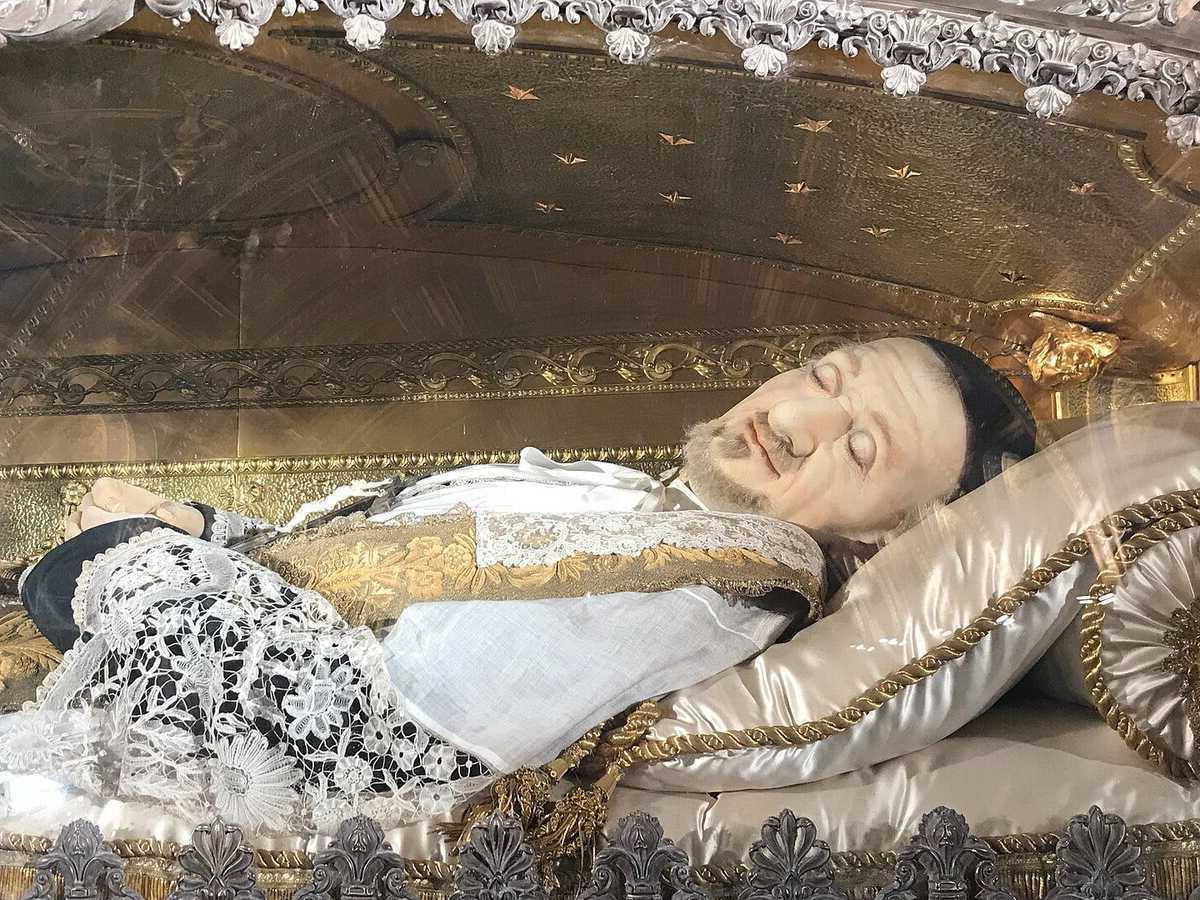
Incorruptibility is a fascinating phenomenon where human bodies resist decomposition after death. This mysterious occurrence has intrigued scientists, religious scholars, and curious minds alike. Why do some bodies remain preserved while others decay? Some believe it's a sign of sainthood or divine intervention, while others look for scientific explanations. From ancient times to modern days, stories of incorruptible bodies have sparked debates and wonder. Whether you're a history buff, a science enthusiast, or someone with a keen interest in the unexplained, these 20 facts about incorruptibility will shed light on this captivating subject. Get ready to dive into the world of preserved saints, scientific theories, and age-old mysteries!
What is Incorruptibility?
Incorruptibility refers to the phenomenon where a deceased body does not undergo the usual process of decomposition. This occurrence is often associated with saints and religious figures. Let's dive into some fascinating facts about this mysterious phenomenon.
-
Incorruptibility is often linked to sainthood. Many saints' bodies have been found to be incorrupt, leading believers to see it as a sign of divine favor.
-
The Catholic Church recognizes incorruptibility. The Church considers it a miraculous sign, although it is not a requirement for sainthood.
-
St. Bernadette of Lourdes is a famous example. Her body, exhumed multiple times, remains remarkably well-preserved since her death in 1879.
-
Incorrupt bodies are often found years after death. Some bodies are discovered decades or even centuries later, still in a state of preservation.
-
Not all incorrupt bodies are perfectly preserved. Some may show signs of decay, but certain parts, like the heart or tongue, remain intact.
Historical Cases of Incorruptibility
Throughout history, numerous cases of incorruptibility have been documented. These instances often spark intrigue and reverence.
-
St. Catherine of Bologna's body is on display. Her incorrupt body has been seated in a glass case since her death in 1463.
-
St. John Vianney's heart remains incorrupt. While his body decayed, his heart was found to be perfectly preserved.
-
St. Francis Xavier's body is partially incorrupt. His body, buried in 1552, shows minimal decomposition, especially considering the tropical climate.
-
St. Clare of Assisi's body was found incorrupt. When exhumed in 1850, her body was in a remarkable state of preservation.
-
St. Vincent de Paul's body is displayed in Paris. His incorrupt body can be seen at the Chapel of the Vincentian Fathers.
Scientific Explanations
While many see incorruptibility as a miracle, scientists have tried to explain it through natural means.
-
Environmental factors can play a role. Conditions like temperature, humidity, and soil composition can slow decomposition.
-
Embalming techniques may contribute. Some bodies believed to be incorrupt were later found to have been embalmed.
-
Adipocere formation can preserve bodies. Also known as "grave wax," this substance forms in moist conditions and can protect the body from decay.
-
Mummification is a natural preservation process. In some cases, bodies naturally mummify due to dry conditions.
-
Microbial activity can be reduced. Certain environments inhibit the bacteria responsible for decomposition.
Modern Investigations
Modern technology and scientific methods have allowed for a deeper understanding of incorruptibility.
-
Forensic analysis provides insights. Techniques like radiocarbon dating and DNA analysis help determine the age and condition of incorrupt bodies.
-
CT scans reveal internal preservation. These scans can show how well-preserved internal organs are without disturbing the body.
-
Chemical analysis detects embalming substances. Testing for chemicals can reveal whether a body was treated to prevent decay.
-
Histological studies examine tissue samples. Microscopic analysis of tissues helps understand the preservation process.
-
Documented cases are continually reviewed. Ongoing research and documentation help separate myth from fact in cases of incorruptibility.
The Fascinating World of Incorruptibility
Incorruptibility remains one of the most intriguing phenomena in religious and historical contexts. Bodies that resist decay, often for centuries, captivate both believers and skeptics. These preserved remains, found in various cultures and religions, spark debates about divine intervention, natural preservation, and scientific explanations.
Some see incorrupt bodies as miracles, reinforcing faith and drawing pilgrims. Others seek scientific reasons, like environmental conditions or burial methods. Regardless of the perspective, these bodies continue to be a source of wonder and study.
Understanding incorruptibility involves exploring history, science, and spirituality. Whether viewed as a sign of holiness or a natural occurrence, the phenomenon challenges our understanding of life and death. It invites us to ponder the mysteries of the human body and the forces that govern its decay.
Was this page helpful?
Our commitment to delivering trustworthy and engaging content is at the heart of what we do. Each fact on our site is contributed by real users like you, bringing a wealth of diverse insights and information. To ensure the highest standards of accuracy and reliability, our dedicated editors meticulously review each submission. This process guarantees that the facts we share are not only fascinating but also credible. Trust in our commitment to quality and authenticity as you explore and learn with us.


